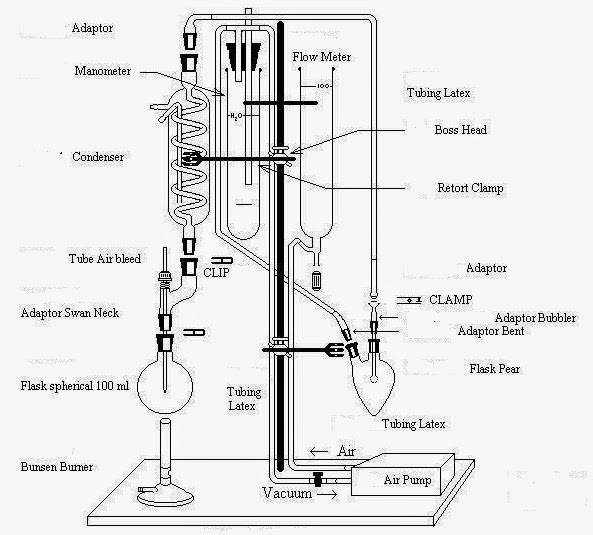In our very small and non commercial operation we have basically ignored this process relying on a 'seat of the pants' additions of this antimicrobial / antioxidant material.
Of course there is a danger of under dosing which will leave the wine open to spoilage.
Over dosing (within the legal limit) is less of a problem but there is an industry wide trend toward reducing sulphur dioxide levels if possible. Apart from health concerns, minimal additions improve wine quality.
From time to time we have tried to address the situation but the purchase of a Rankine apparatus (aspiration oxidation method) is just a little 'over the top'.
We have tried the Accuvin test kits for measuring free SO2 but they are expensive and from my point of view somewhat inaccurate.
Many wineries use the age old Ripper Method which involves standard iodine to titrate the free or total SO2 in a wine sample. However it is conceded universally that this method is somewhat inaccurate.
Some investigation on the Internet established that a 'dumbed down' version of Rankine was available in the USA for the home winemaker. I could not find a similar product in Australia.
So while there, in November, I took delivery of a kit.
The kit claims to measure, with a high degree of accuracy, the free SO2 content of wine by the aspiration oxidation method using considerably cheaper equipment.
In this procedure, sulfur dioxide in wine is distilled with air aspiration from an acidified sample solution into a hydrogen peroxide trap, where the volatilized SO2 is oxidized to H2SO4:
H2O2 + SO2 SO3-2 + H2O - H2SO4
The volume of 0.01N NaOH required to titrate the acid formed to an end point is measured and is used to calculate SO2 levels.
Of course there is some operator skill involved and hopefully my experience with Rankine, albeit some time ago, will suffice.
We brought it home in our checked in luggage.
No breakages in transit but old clumsy fingers here managed to snap a glass tube while putting the kit together. Luckily I found a locally made replacement.
The air pump of course runs on 110V (Australian current is 240V) but we have a step down transformer for some other American appliances and our initial test run for the system was successful.
Once I source the necessary chemical reagents (we had to leave some behind due to transport regulations), I will give it a full test run.





















1 comment:
Hi Did you ever have much luck testing your kit?
Post a Comment